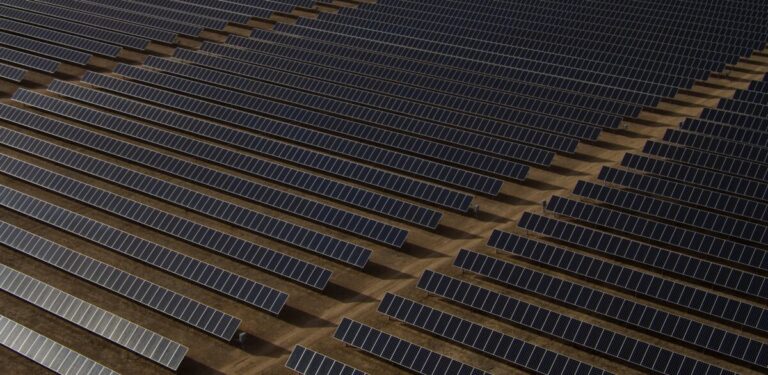Image: American Public Power Association, Unsplash
The COP28 Tripling the Renewable Capacity Promise: Tracking Countries’ Ambitions and Identifying Policies to Close the Gap, says that only 14 of the 194 National Determined Contributions (NDCs) explicitly set out 2030 targets for renewable energy capacity. The commitments equate to 1,300 GW of renewables by 2030 – 12% of the 11,000 GW needed to meet the global tripling target set at COP28 in Dubai. China accounts for almost 90% of this NDC total, and has explicitly set a target of 1,200 GW of wind and solar energy by the end of the decade.
The IEA reported that governments’ domestic renewable energy ambitions exceed NDCs. An analysis of policies, plans and estimates from nearly 150 countries revealed the intention to install nearly 8,000 GW of renewable energy globally by 2030, representing 70% of the amount needed to triple the target by to be achieved by 2030.
The report states that the annual expansion of renewable capacity has tripled since the Paris Agreement was signed in 2015. The IEA attributed this to policy support, economies of scale and technological advances.
Solar energy accounts for half of the future capacity explicitly identified by governments around the world, the IEA said. It predicted that if countries meet their 2030 ambitions, installed solar capacity would surpass hydropower as the world’s largest source of installed renewable capacity.
This content is copyrighted and may not be reused. If you would like to collaborate with us and reuse some of our content, please contact: editors@pv-magazine.com.


